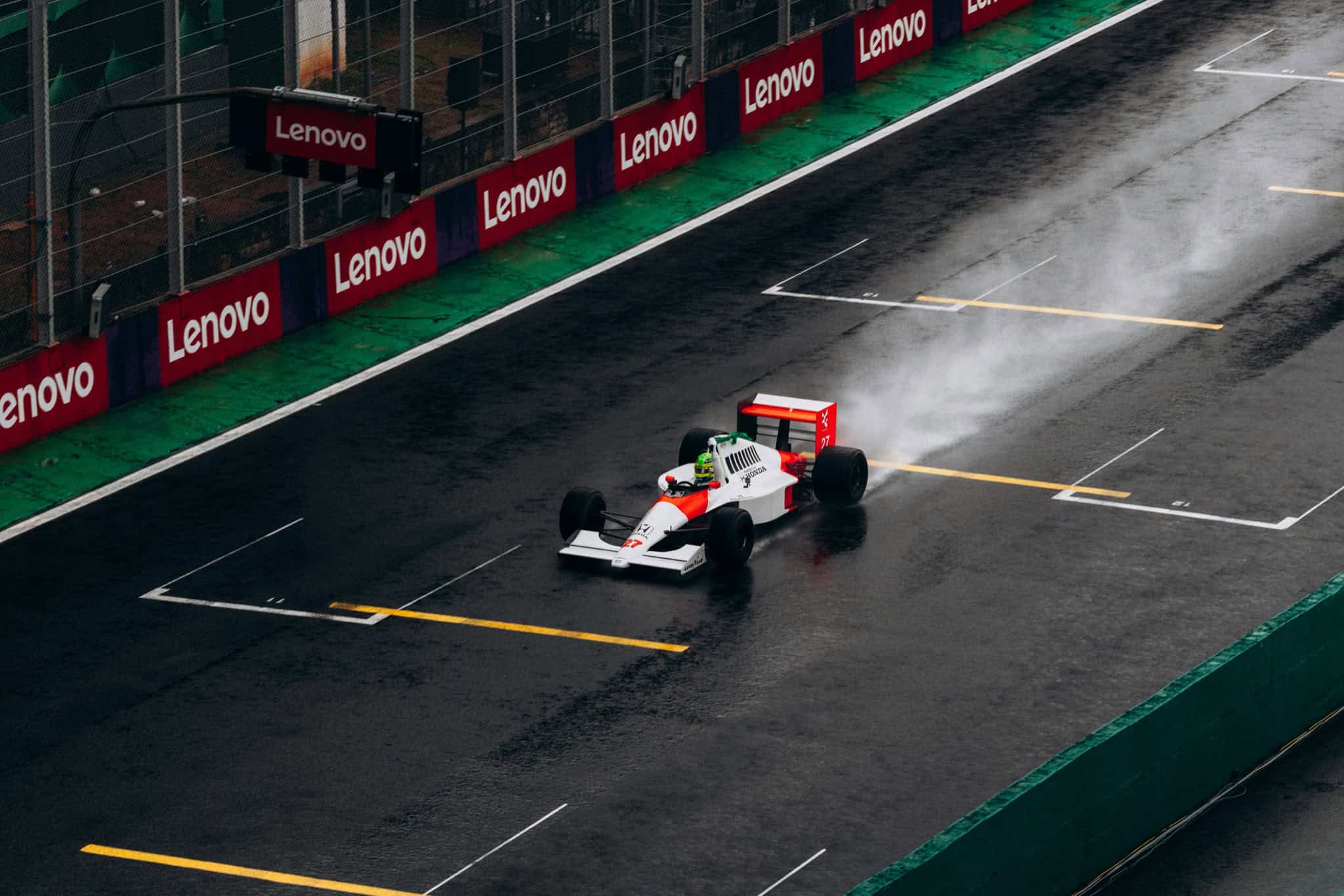This article is part of a series about the 2025 Student Mobility Summit
While support in Brussels for the European Green Deal has cooled significantly in recent years, the life-threatening nature of planetary climate change means that a rapid reduction of carbon emissions is only becoming more urgent as time goes by.
A lot has changed since the Paris Agreement was adopted in December 2015. For example, the number of electric vehicles registered yearly in Europe has increased 18-fold from 2015 to 2023(1); this might be less than what would be desirable, but it amounts to a significant structural change, nonetheless. Sweeping structural changes are reshaping several other industries, from the energy and construction sectors to agriculture and heavy industries.
Have we witnessed a similar structural change regarding Erasmus+? How has the EU’s par excellence initiative for young Europeans been leading the way regarding the target to reduce greenhouse gas emissions by 55% by 2030?
Taking stock
One of the most authoritative analysis of the carbon footprint of Erasmus+ was a report published by the Finnish National Agency in 2021(2) which put the 2017 emissions related to mobility at around 421,433 tons of carbon dioxide. This number might mean remarkably little for most of us, so let’s put it into context: Formula 1, a sport notorious for its extremely poor environmental credentials, has estimated its emissions for 2018 to be at around 256,551 tons of carbon dioxide(3). Comparing Erasmus+ with Formula 1 might seem silly – the social impact of student mobility is objectively incomparable – but there’s one important commonality: in both cases it’s the transportation that accounts for the bulk of the carbon footprint of both activities.
Fast forward to 2022 and Formula 1 estimated to have reduced its carbon footprint by 18%(4). Meanwhile the number of Erasmus+ mobilities has grown almost 50% from 2017 to 2022 (from 770.000 to 1.2 million). This is a fantastic achievement which, in the absence of structural measures to mitigate emissions, has likely been accompanied by a significant environmental cost.
Simple but decisive actions needed
A first action introduced between 2017 and 2022 to reduce the carbon footprint of Erasmus+ mobilities was a €50 top-up to help fund the costs of using environmentally friendly means of transportation. This measure proved so detached from reality that stakeholder organisations such as the EUF petitioned for the amounts of this “green top-up” to be urgently revised(5). This was revised more recently with the introduction of green travel distance bands.
The gross underestimation of the costs of green travel made by the European Commission is consistent with its tendency to underprice the costs of mobility itself(6). Insufficient mobility grants are both the single biggest deterrent to broader participation in mobility and a key factor that pushes students to use the cheapest way to travel to and from their host university. Alas, the cheapest transportation is often the most environmentally damaging, as shown in a 2023 Greenpeace report(7), which studied 112 intercity connections across Europe. Rail trips were, on average, twice as expensive as flights and, in absolute numbers, up to 30 times more expensive. Conversely, carbon emissions are up to 80 times higher for flights than for trains.
While the increase of the Erasmus+ green mobility top-up in 2023 is a step in the right direction, we can do much better: already in 2020 the EUF, ESU and ESN proposed that Erasmus students should receive a week-long train (and/or bus/ferry) tickets to reach and return from their host cities and universities(8). This simple measure could have saved millions of flights; additionally, it would have also led to an important procedural simplification, contributing to the reduction of the programme operating costs.
In addition to concrete and well defined measures, one more thing is missing: a clear political vision. To return to the example mentioned here before, Formula 1 has consistently communicated it aims to be carbon neutral by 2030. The Erasmus+ programme has made green transition one of its priorities but is yet to commit to similarly ambitious or even concrete emission reduction goals.
Aligning Erasmus+ with the values of young Europeans
Young Europeans are acutely aware of the existential threat posed to us all by climate change. Many have joined environmental protests even before getting to university, and once there spending a semester (or two) abroad is something that will likely interest them. Student mobility promotes important values such as tolerance and civic participation – but what if we fail to create conditions for students to study abroad in an environmentally sustainable manner? Will they take the plunge? Or could they come to consider Erasmus+ as something that is at odds with their own values and moral compass?
While environmental concerns do not yet feature among the most salient reasons for not going in mobility this could change relatively rapidly. The last Eurobarometer Youth Survey showed that combating climate change was the second highest priority highlighted by young Europeans, behind only tackling poverty and inequality(9). In countries as diverse as Czechia, Denmark, France, Netherlands and Slovakia this was in fact the main issue worrying young Europeans.
Erasmus+ is one of the most iconic European achievements, but it needs to keep up with times. At the Student Mobility Summit, we will be looking into what actions can ensure that this flagship programme lives up to its responsibility to finally contribute to reaching the targets of European Green Deal, while also better reflecting the priorities and concerns of young Europeans. We feel this is an essential discussion to help future-proof one of the most powerful instruments to continue to advance European ideals, and we hope you will consider joining us in Barcelona. Together, we can advance this agenda by setting out an action plan to achieve the carbon neutrality of European student mobility.
Footnotes
(1) https://www.eea.europa.eu/en/analysis/indicators/new-registrations-of-electric-vehicles
(2) https://www.oph.fi/sites/default/files/documents/Feasibility_Study_Compensation_ErasmusPlus.pdf
(3) https://www.theguardian.com/sport/2023/may/21/after-the-flood-storms-lie-ahead-for-formula-one-in-race-to-hit-carbon-zero
(4) https://corp.formula1.com/wp-content/uploads/2024/04/Formula-1-2023-Impact-Report.pdf
(5) https://project.greenerasmus.org/documents/GE-petition.pdf
(6) https://zenodo.org/records/13987835
(7) https://www.greenpeace.de/publikationen/report-ticket-prices-of-planes-vs-trains-in-europe.pdf
(8) https://erasmus500.eu
(9) https://europa.eu/eurobarometer/surveys/detail/2574

